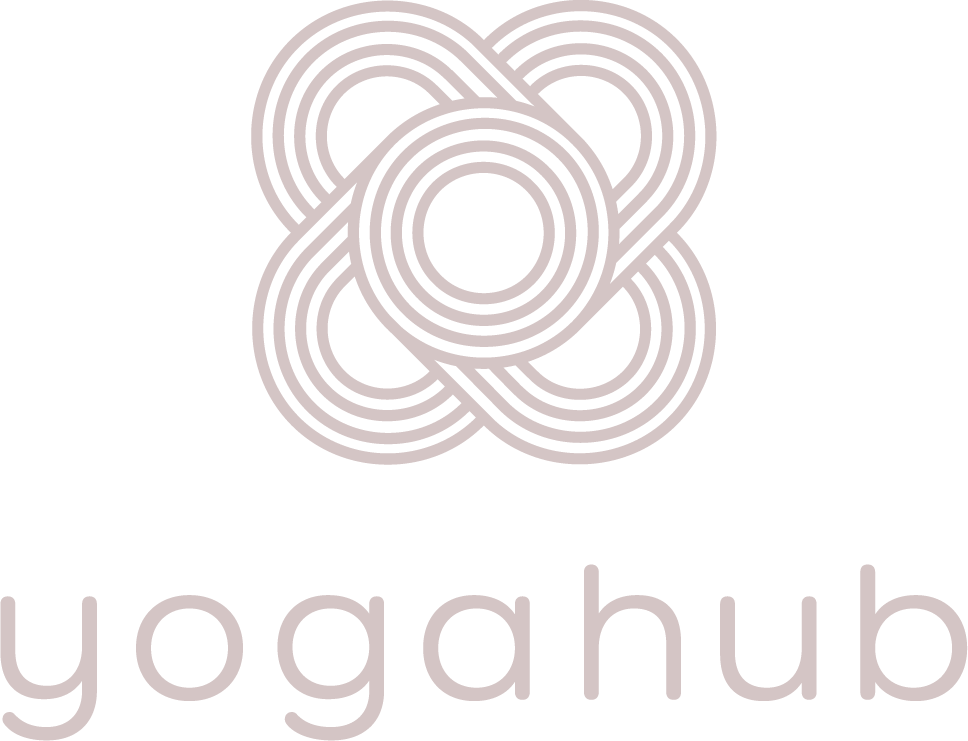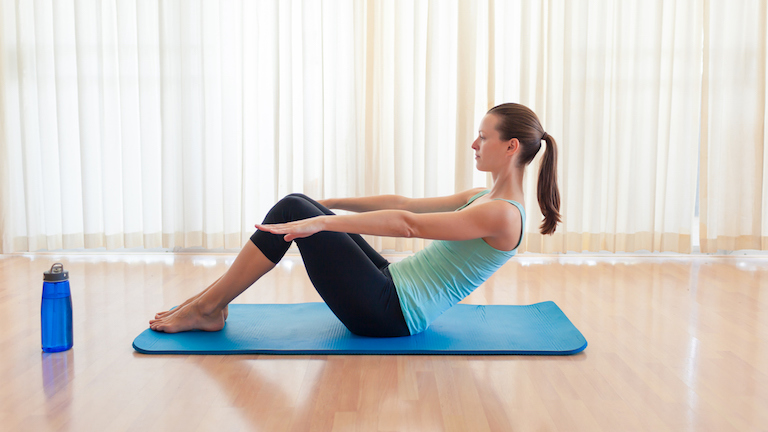We all hear the teacher tell us to inhale, and to exhale, and we follow along. We then get to a standing posture, or a challenging posture – and what do we do? We stop breathing. Whether it’s holding our breath or going back to shallow breathing, we lose the rhythm of the breath that we had at the start of class.
So what’s all the fuss about?
What differentiates yoga asana from most other forms of physical activity is the way we breathe in a yoga class. Breathing slower and deeper is where the real transformation happens- this slow, deep breath moves our body from the sympathetic nervous system response (fight or flight mode where we feel stressed out) to the parasympathetic nervous system (rest and digest mode where we feel safe in our surroundings). This slow breath tells the nervous system that it is safe to rest and repair.
This slower, deeper breath also connects us more to our body – by matching breath to movement, we become more connected to our body and more attuned to the changes and subtleties of what is going on under the surface. This makes yoga much safer to practice than many other forms of exercise, as we are much less likely to injure ourselves if we are moving from a place of mindful awareness.
What is very common however, for beginners and advanced students alike, is to lose the breath awareness when we get to a peak posture, or a challenging part of the class. We go into auto-pilot and brace ourselves, often holding the breath or returning to a shallow breath. We’ve all done it, and it’s human. We get more focused on doing the physical posture regardless of how it impacts our breath. Abdominal exercises are a great example of this, notice in your next class what happens to your breath in a pose where your core is engaged. It’s a great way to observe how we might respond to challenges in life – notice if off the mat you hold your breath or go to a shallow breath when you’re in a tricky confrontation at work, or when you’re asked to present something last minute, in whichever situations get your pulse rate up.
Let’s use the time on our mat to help our body, our minds and our way of responding to the challenges of life by using the most powerful tool we have to transform our relationship to stress… the breath. Bring in an awareness to your breath, and count the breath as you move on your mat. Count the inhale for 4 beats, and the exhale for 4 beats. It can sound tedious, but we are training our brain and changing our autopilot responses. What if your autopilot could be trained to breathe deeply when you’re met with a challenge in your day to day life? How would you be different if you could show up calmer to a confrontation or important meeting in work?
So how to start putting this into action?
At the start of a yoga class, you’ll usually be given between 2-5 minutes to ground yourself and bring your attention to the breath. At the next class you attend, use this opportunity to set the intention that you will breathe for the whole class. If you find at any stage that you are not breathing, then release the intensity a little, regardless of what anyone else is doing on their mat. Take a simpler version of what is being taught, or take a child’s pose to reconnect to your breath. It can be so tempting to do what everyone else is doing even on the days we feel tired and rundown. But the real challenge (in yoga class and in life) is to retrain your breath and your automatic responses. That’s where the real transformation happens, and that’s the biggest change you can take off the mat and into your life.
So this week, start to get curious about your breath and how you breathe in different situations in your life. Go to a class and speak to your teacher before / after the class and ask them for tips on maintaining breath awareness. And most importantly – practice. Practice breathing deeper and slower at set points in your day – when you wake up, when you take your lunch break and when you go to sleep. See how that impacts your mood and your yoga practice.
Let us all know if you have any tips / techniques to help with training the breath by commenting below so we can all help each other to breathe a little more in yoga, and in life.



